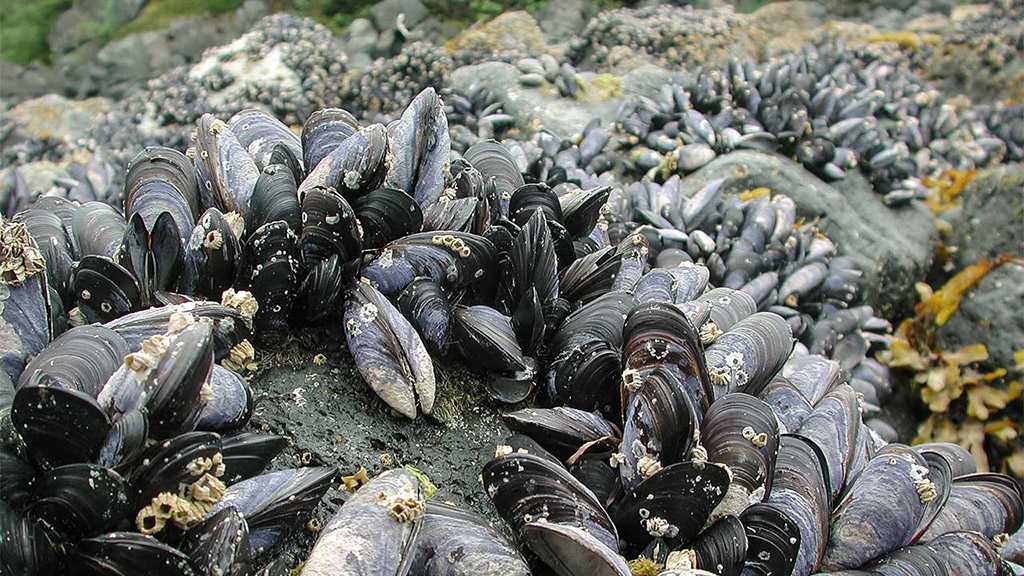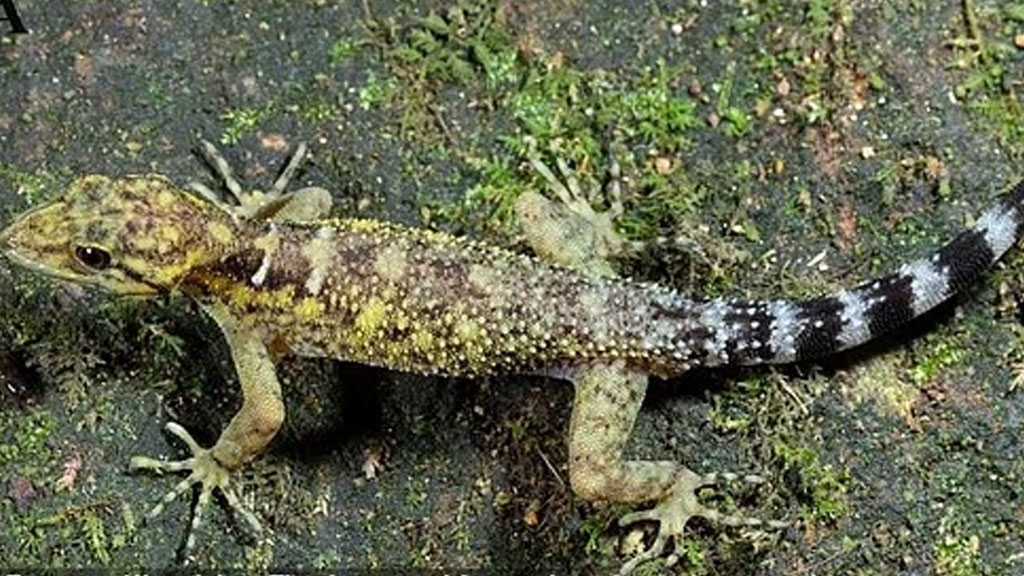
Contagious Blood Cancers Among Clams Trigger Ecological Threat Concerns

By Staff, Agencies
Potential ecological threat concerns have been raised as researchers have confirmed in a new study that contagious blood cancers can spread between different species of clams.
Peer-reviewed findings published in eLife reveal that cancer had jumped from one species of clam to another, spreading among mollusks living in the Atlantic Ocean and Mediterranean Sea.
“We set out to confirm whether a leukemia-like blood cancer found in some bivalves also infects Venus verrucosa, otherwise known as warty venus clams that are found in the seas of southern Europe,” said co-first author of the study, Daniel Garcia-Souto, a postdoctoral researcher in genetics at the University of Santiago de Compostela - USC, Galicia, Spain.
While contagious cancers have been identified in dogs, Tasmanian devils, and bivalves like clams and mussels, typically, the tumors spread among individuals of the same species. The findings of the study, co-first authored by Alicia Bruzos and Seila Diaz at University of Santiago de Compostela [USC], add to earlier accumulated evidence that cancers may spread among different species of bivalve shellfish.
At least two such cases have been documented in earlier studies. Furthermore, it has been suggested that human activities, albeit inadvertently, could be contributing to the spread to ever new locations and species.
The researchers involved in the study, “Mitochondrial genome sequencing of marine leukaemias reveals cancer contagion between clam species in the Seas of Southern Europe”, funded mainly by Scuba Cancers, an ERC starting grant project, collected 345 warty venus clams from the coastal areas of Spain, Portugal, France, Ireland and Croatia.
A type of blood cancer called hemic neoplasia was discovered in warty venus clams collected from two different coastal regions of Spain: along the country’s Atlantic coast, and then over1,000 nautical miles away in the Mediterranean Sea.
Resorting to whole-genome sequencing, the team of researchers discovered that the cancer contained genetic sequences from both the warty venus clam and another species of clam - Chamelea gallina, or the striped venus clam. Accordingly, the tumor had originated in a single clam, subsequently spreading among warty venus clams.
After they carried out DNA testing on the cell mitochondria and nucleus in both clam species, the team were able to confirm that the cancer had jumped from the striped venus clam to the warty venus clams.
“The genetic similarity of the cancer cells found in warty venus clams in both the Atlantic Ocean and Mediterranean Sea suggests that human shipping activities may have transported the cancer from one region to another,” Alicia Bruzos, currently working at the Francis Crick Institute in London, UK was cited as saying.
Senior author Jose Tubio, Researcher in Genomes and Disease at USC, underscored that as the study confirmed that contagious cancers can jump between marine clam species, this could pose a potential threat to marine ecology.” He added that further studies were required, involving monitoring pathogens including cancers, to help protect these species.”
Comments
- Related News



